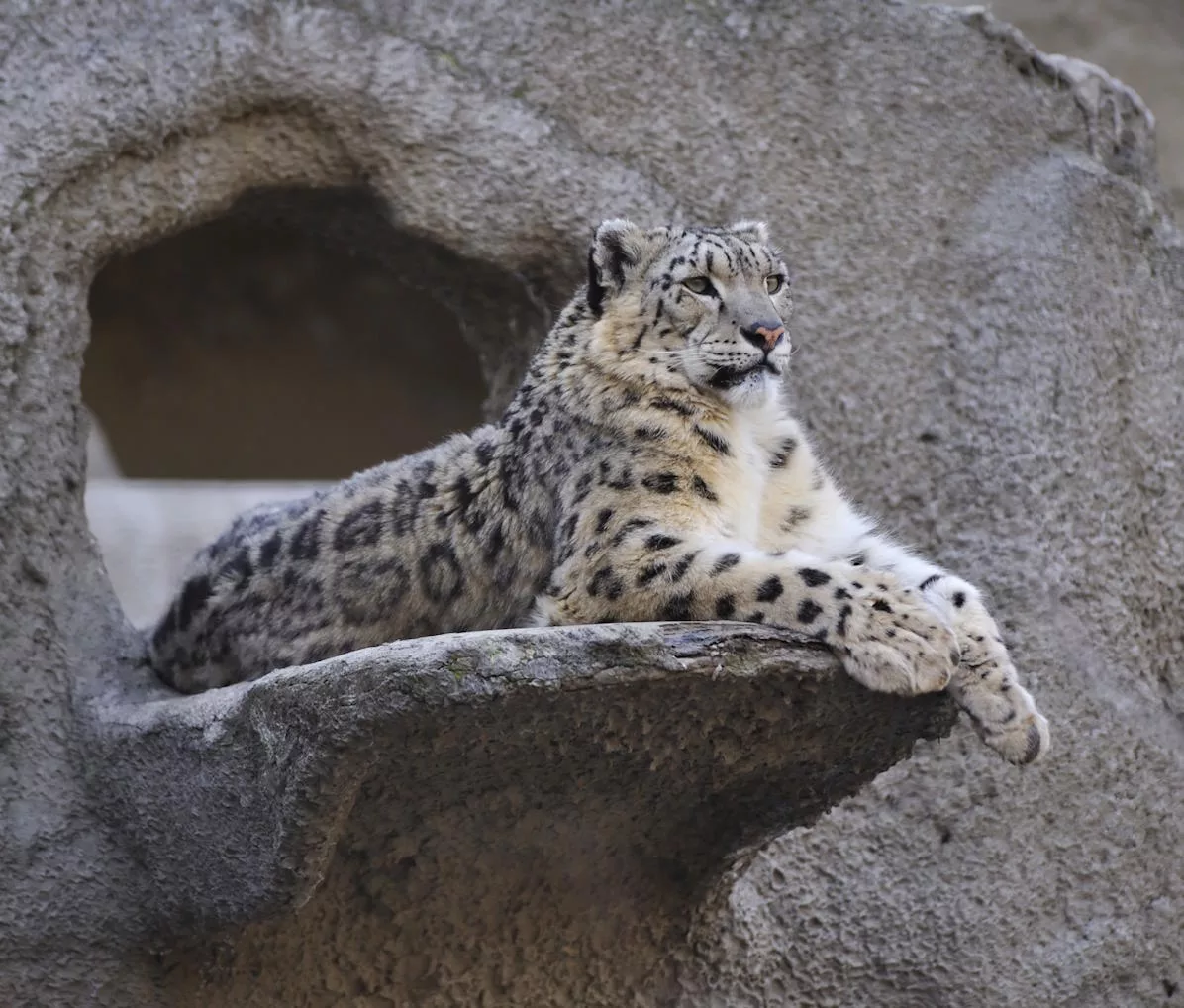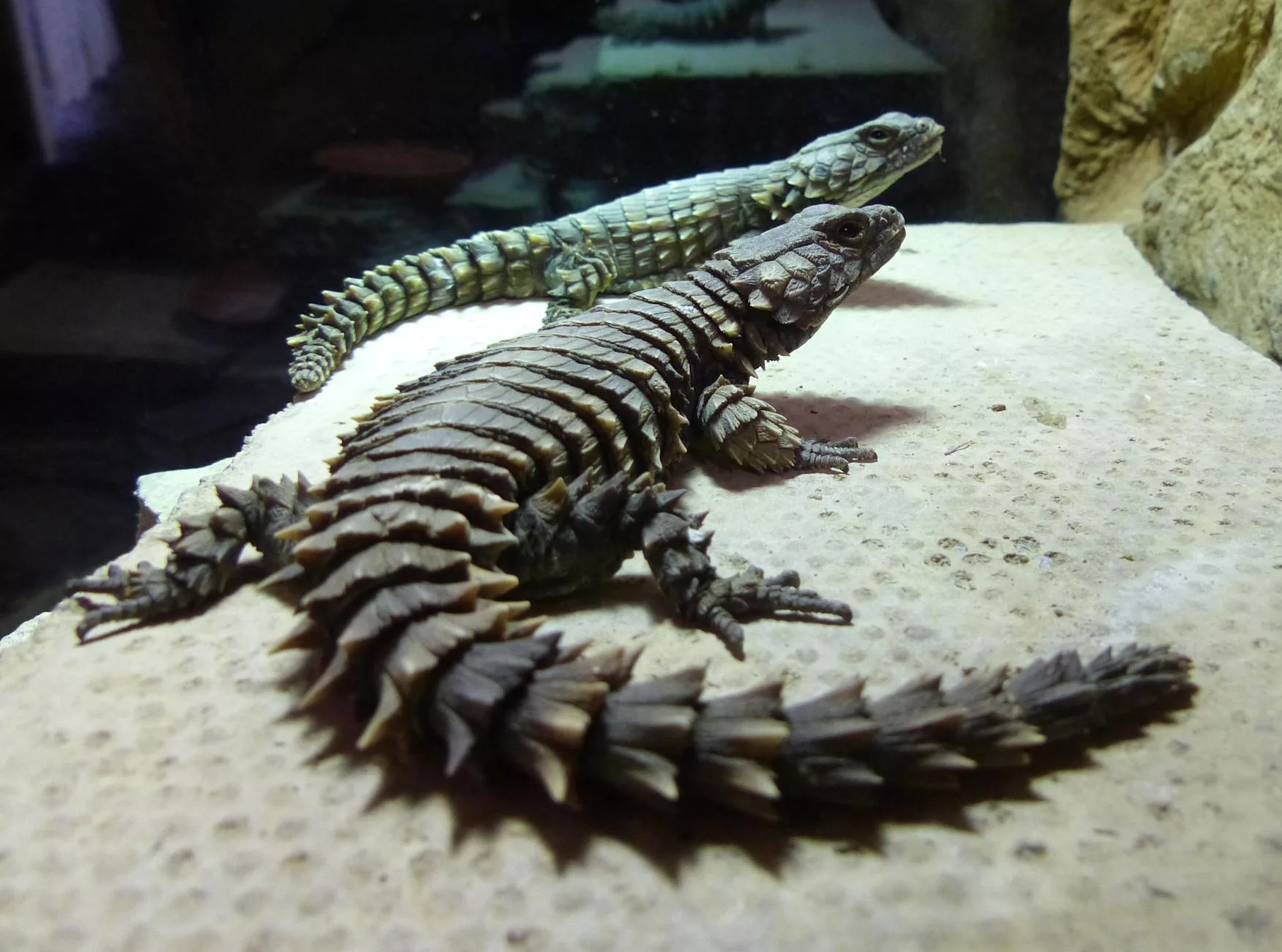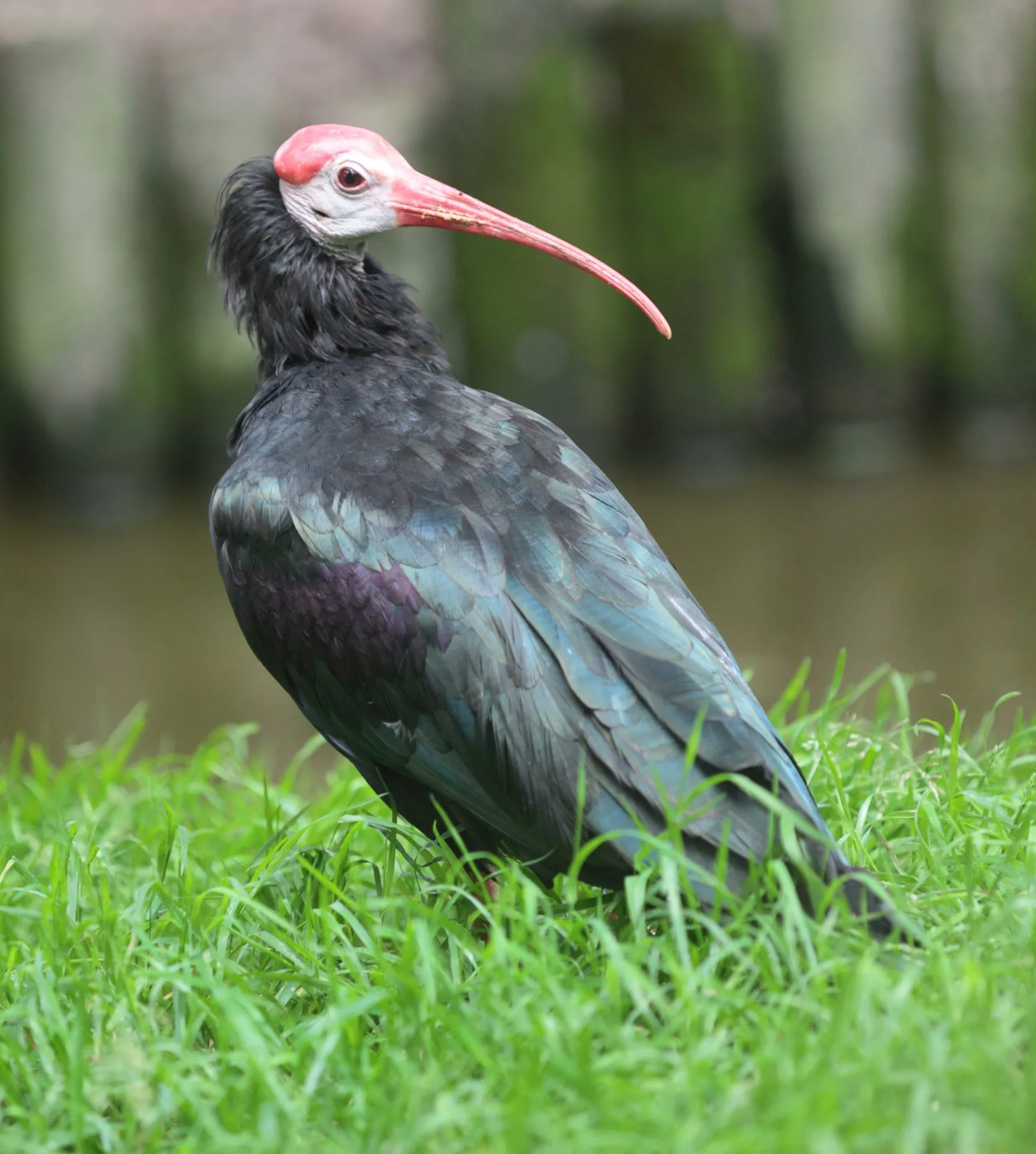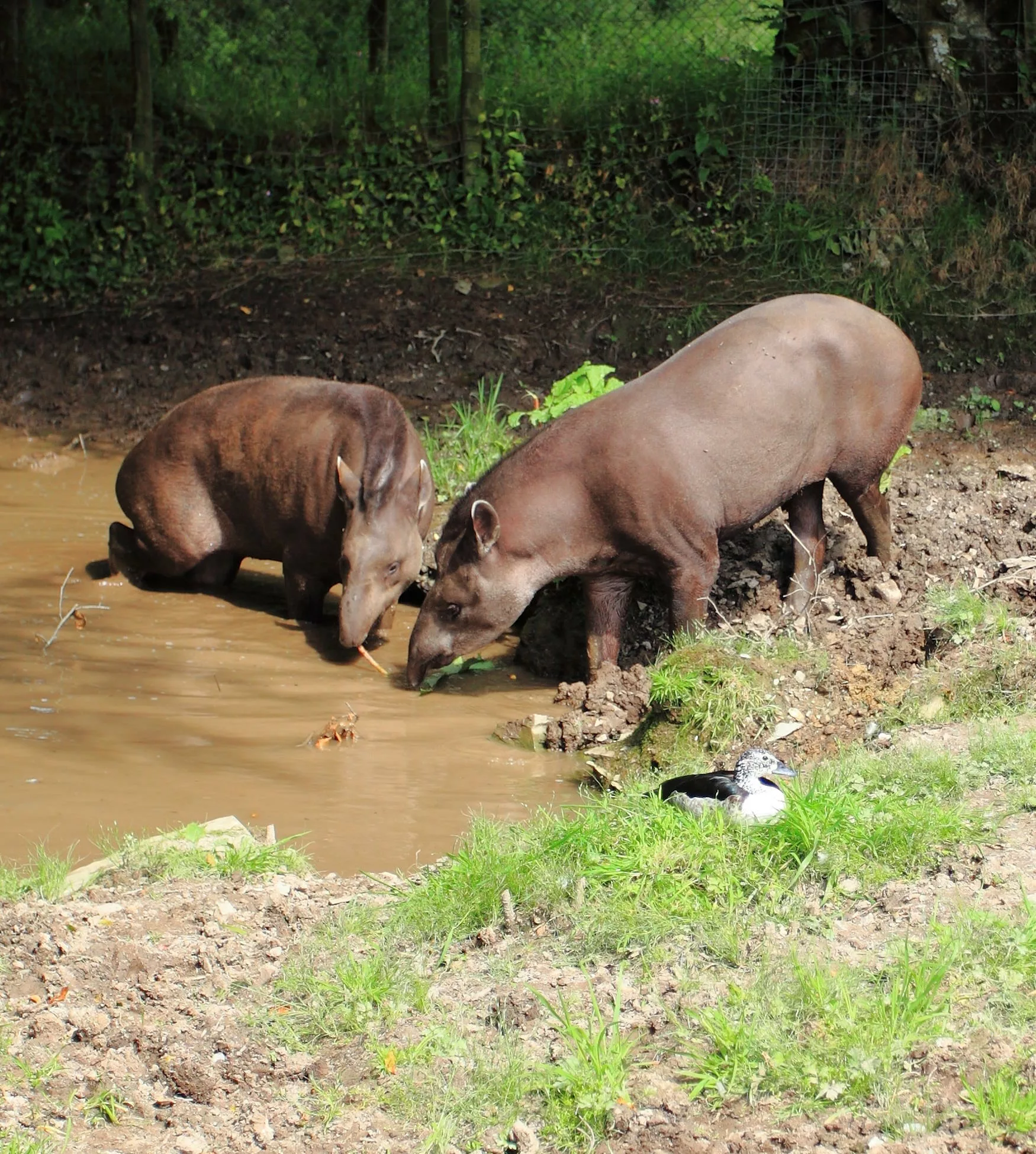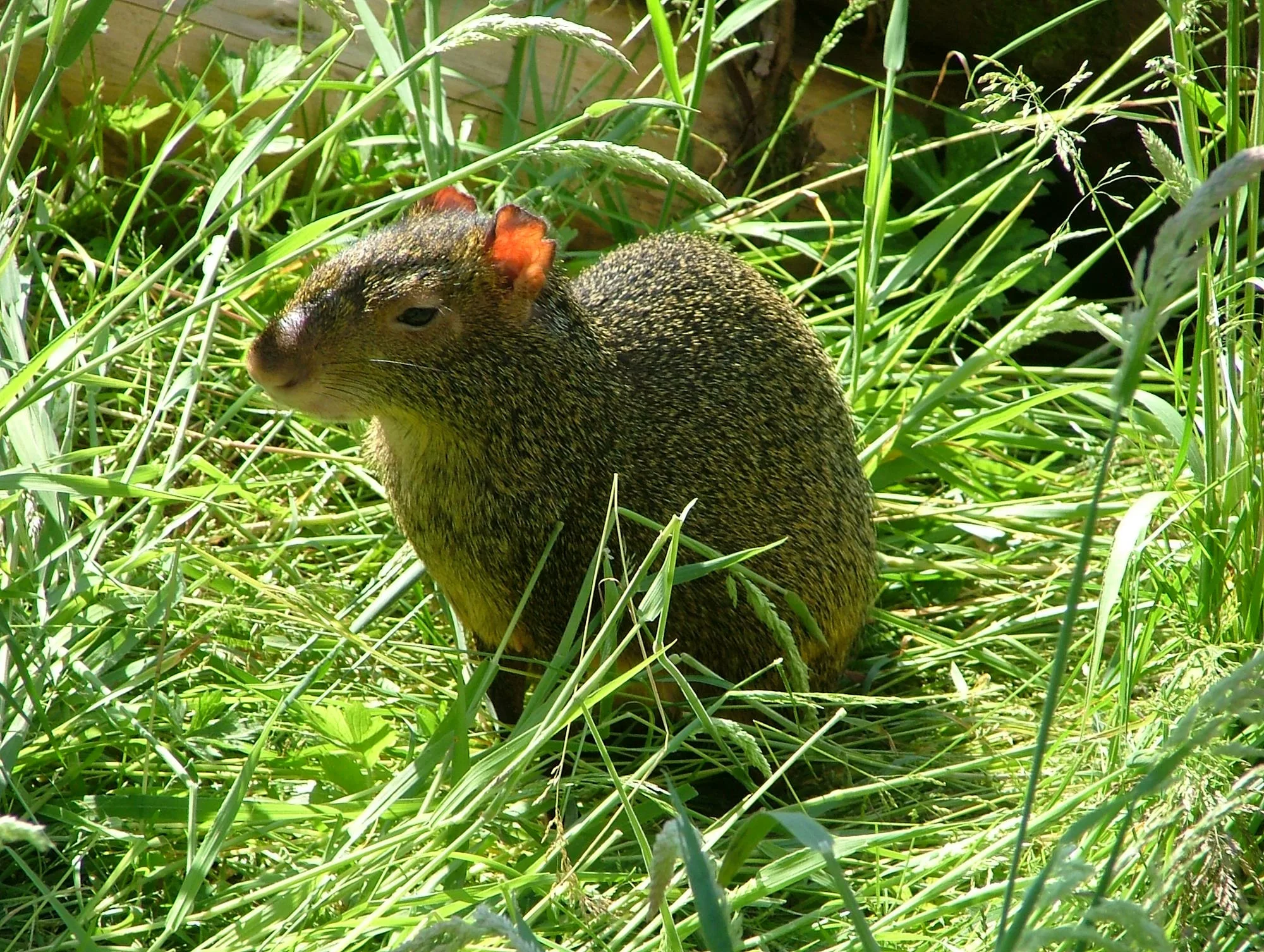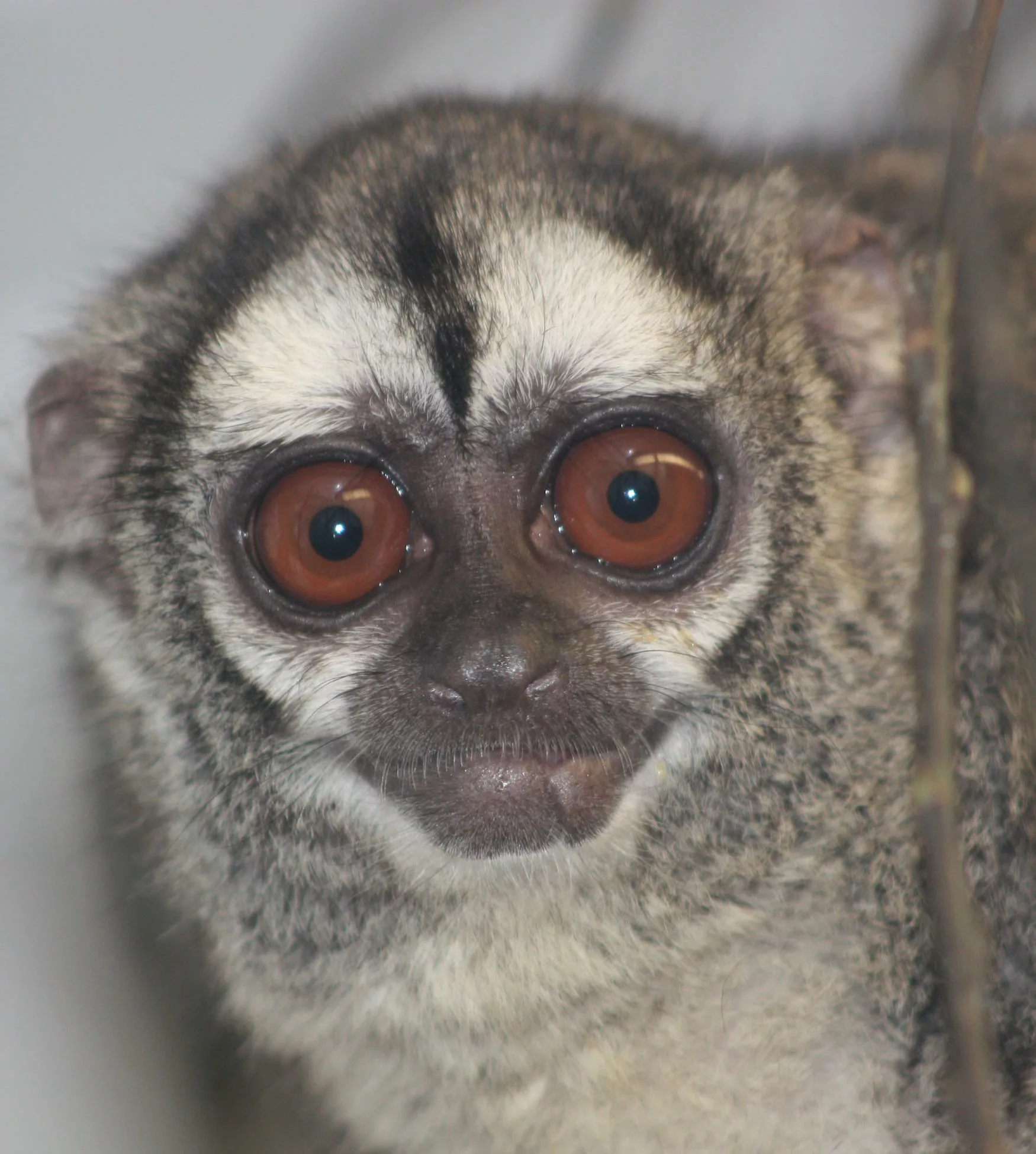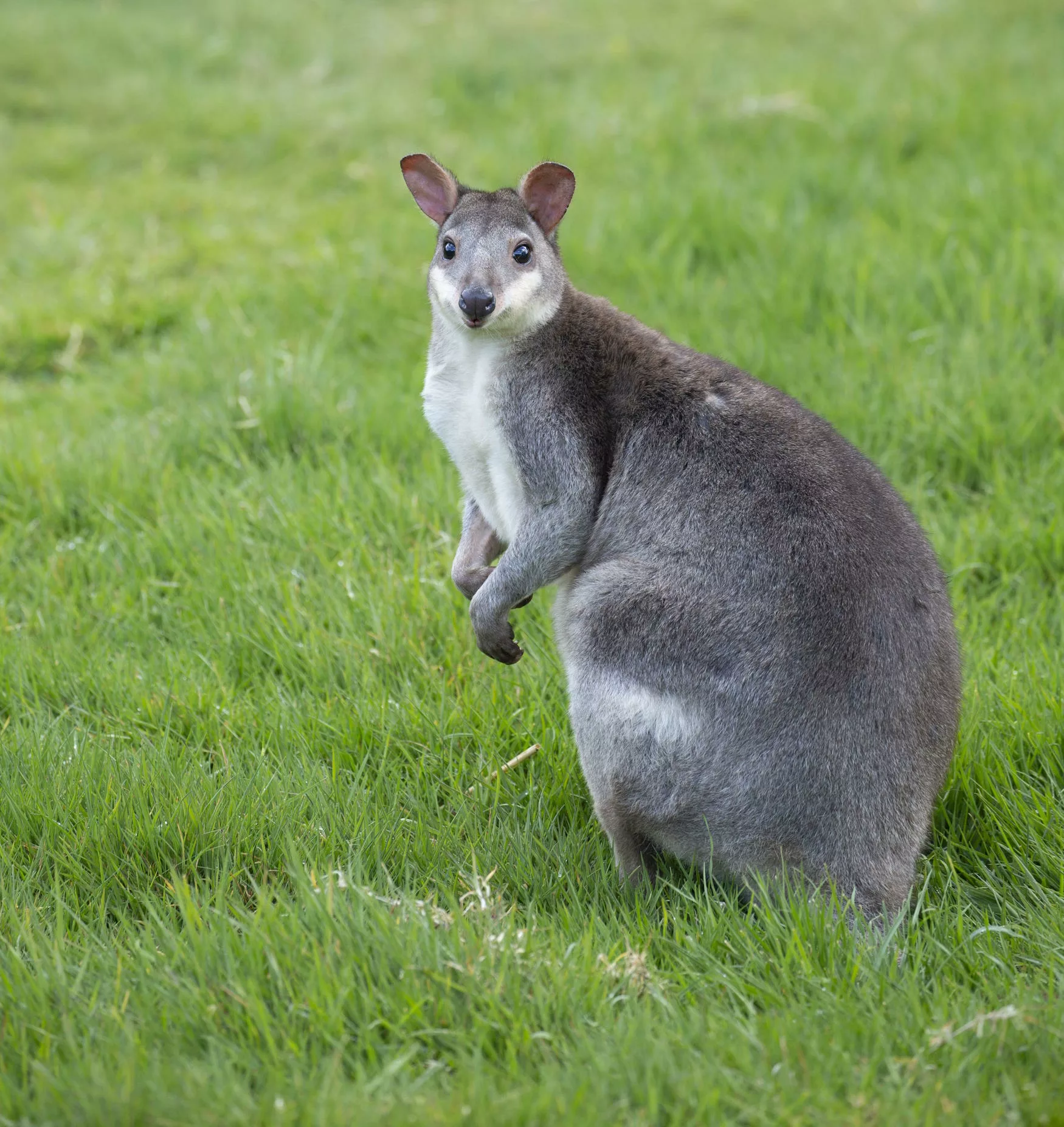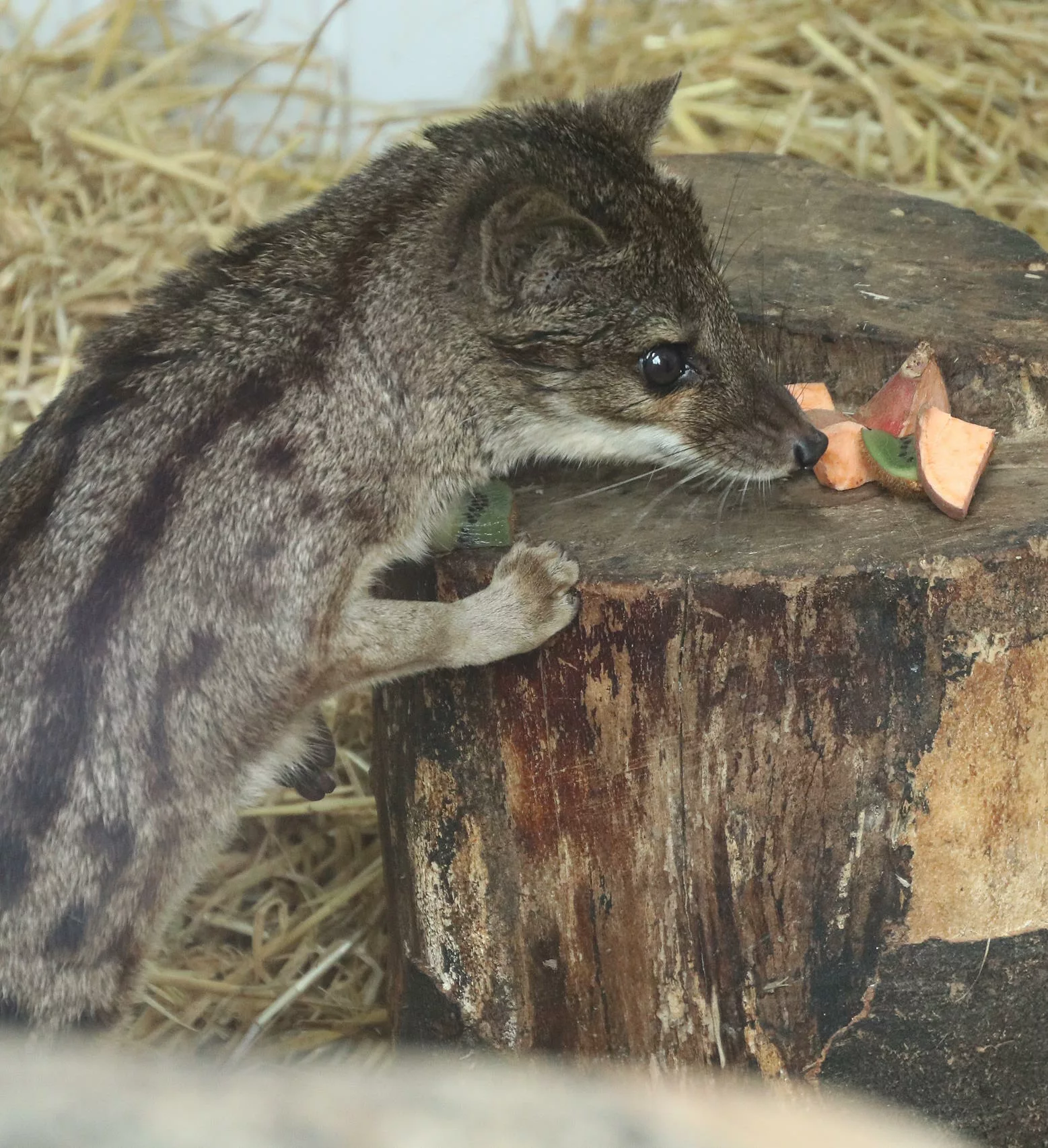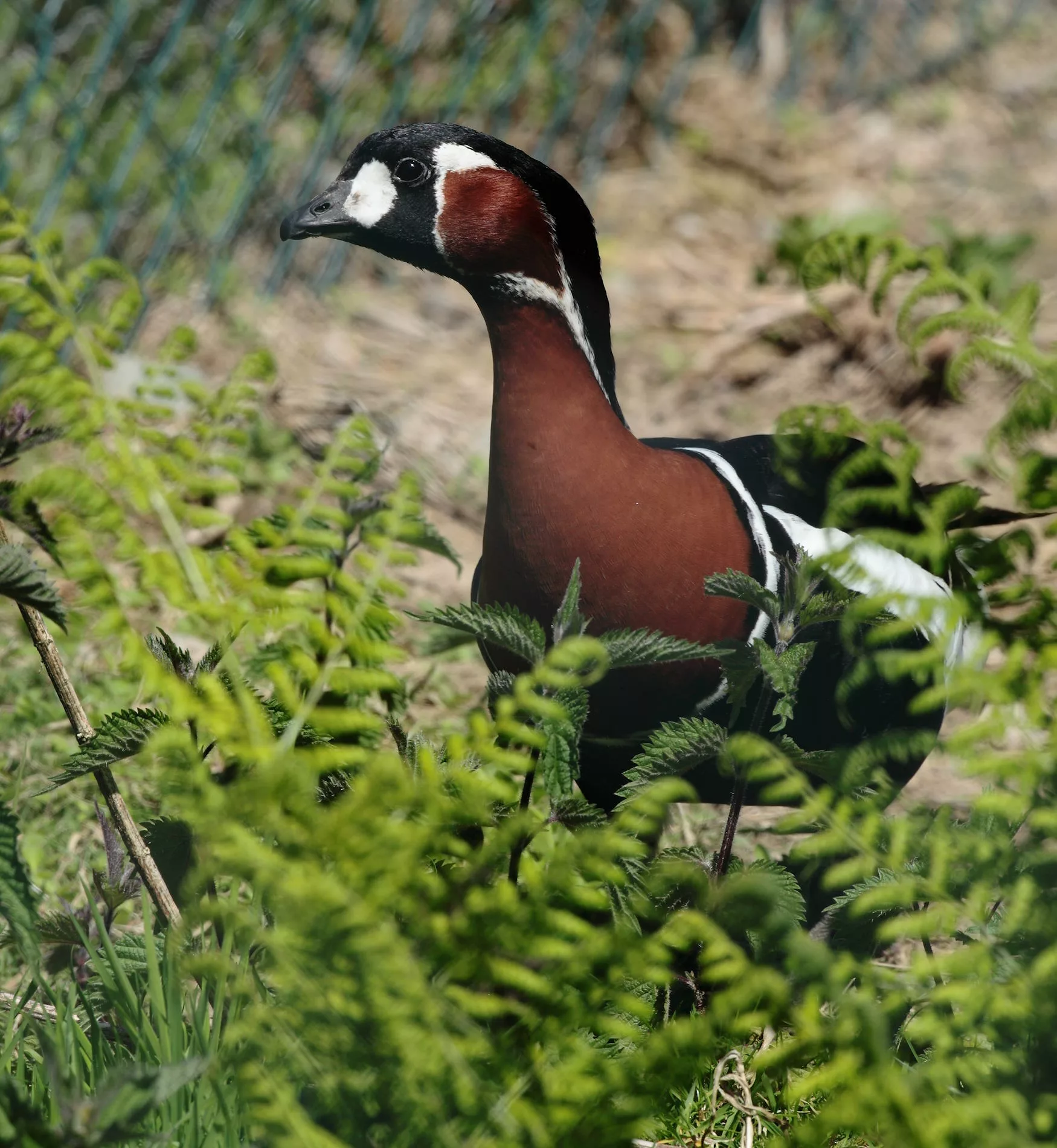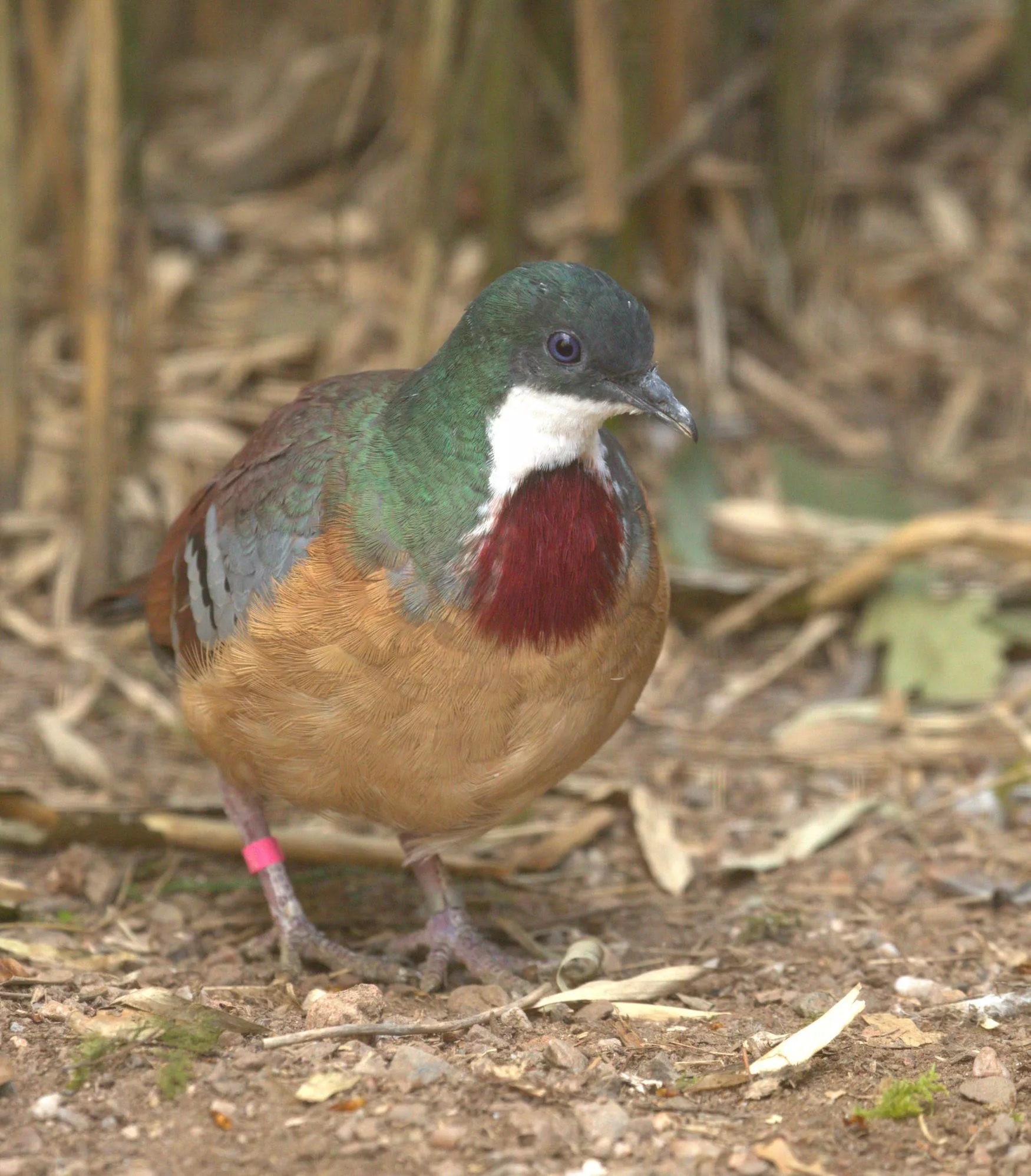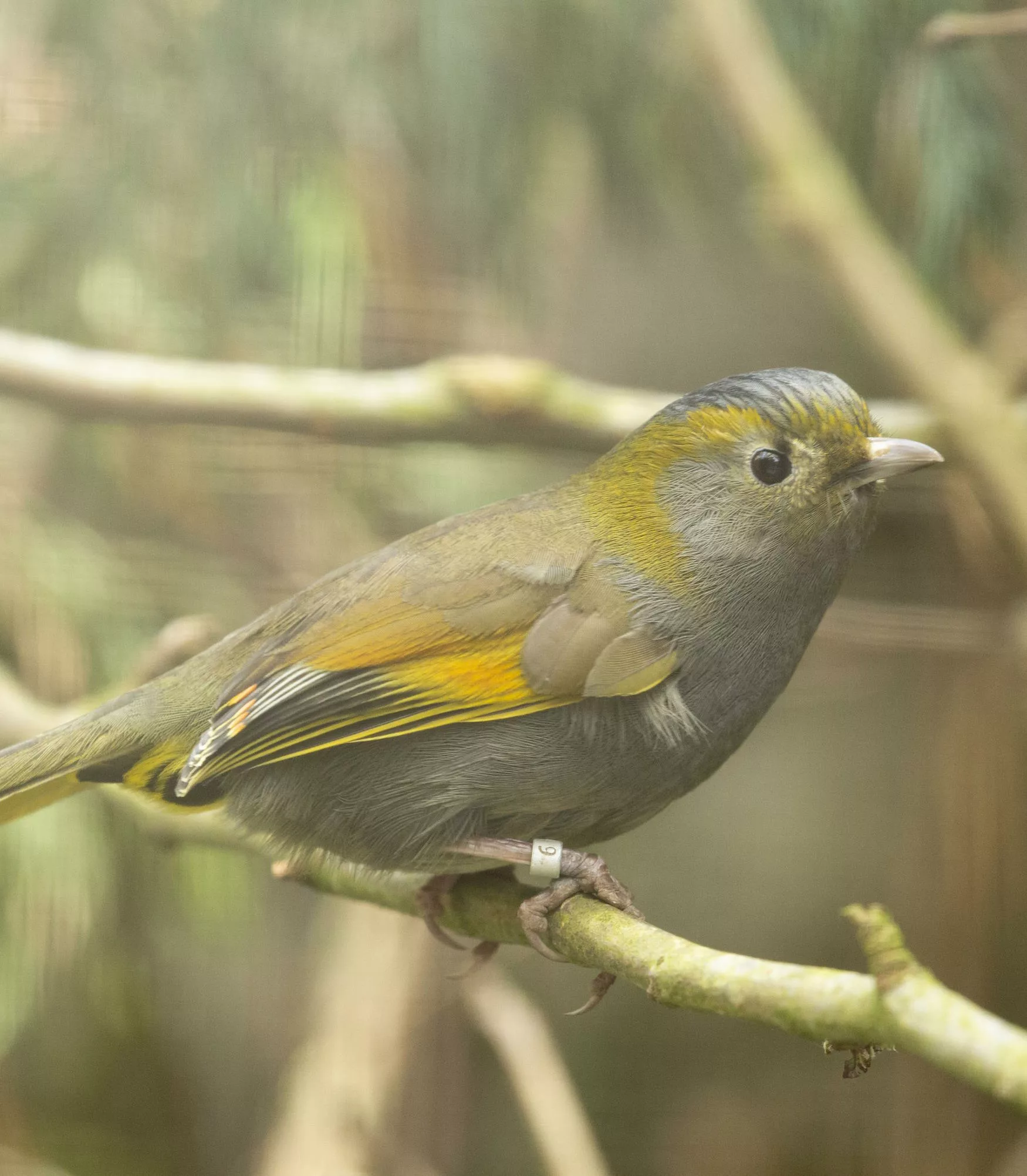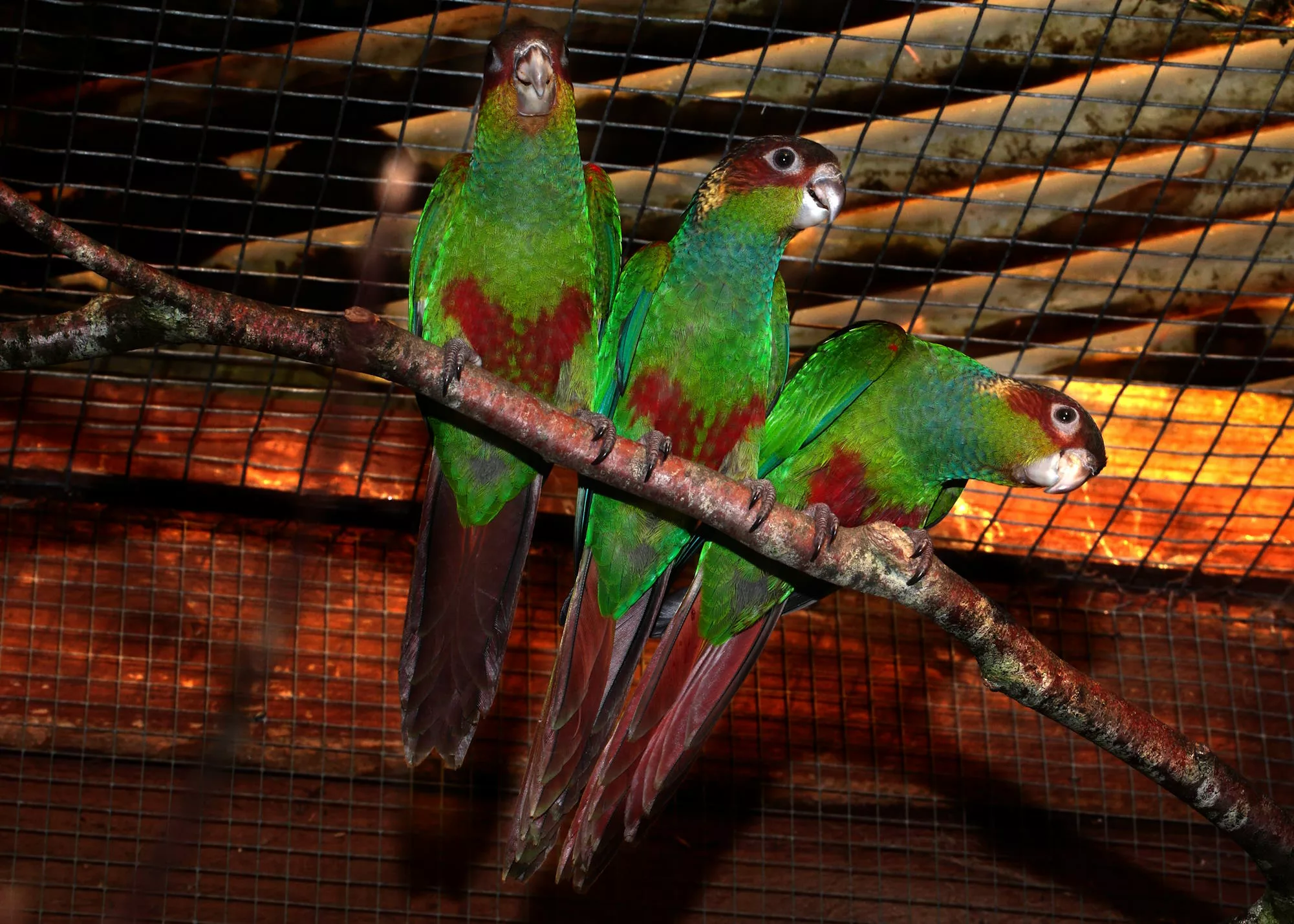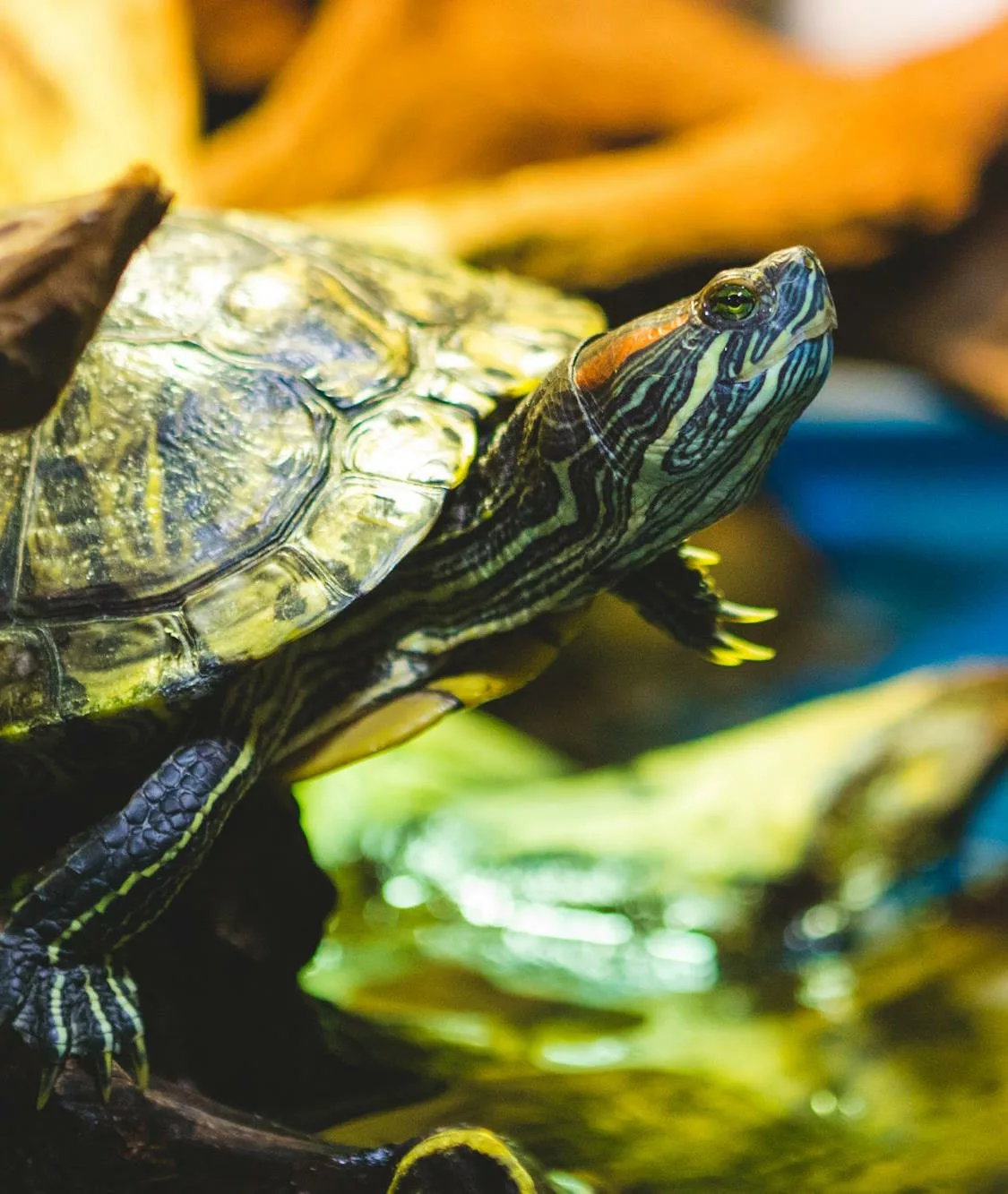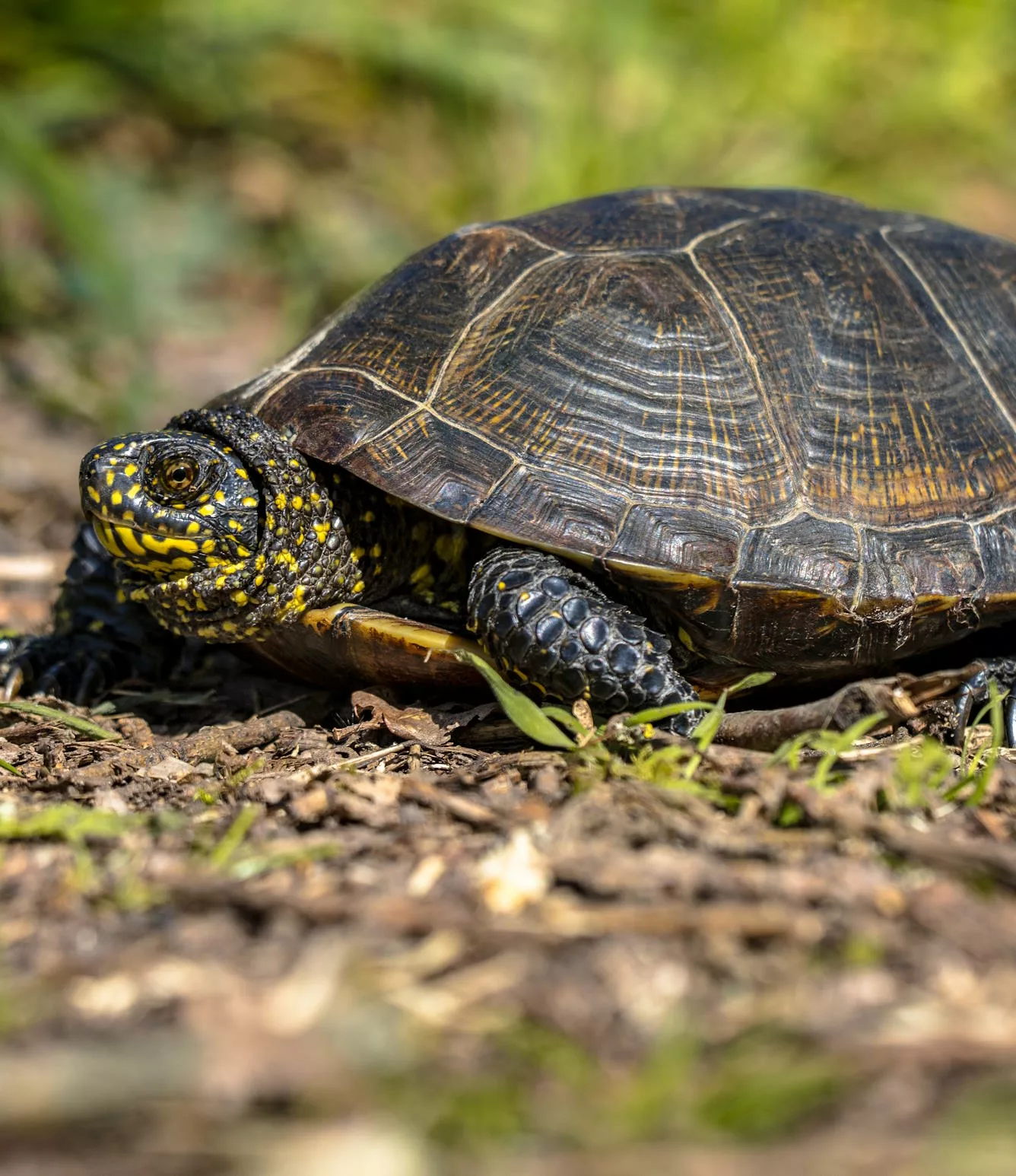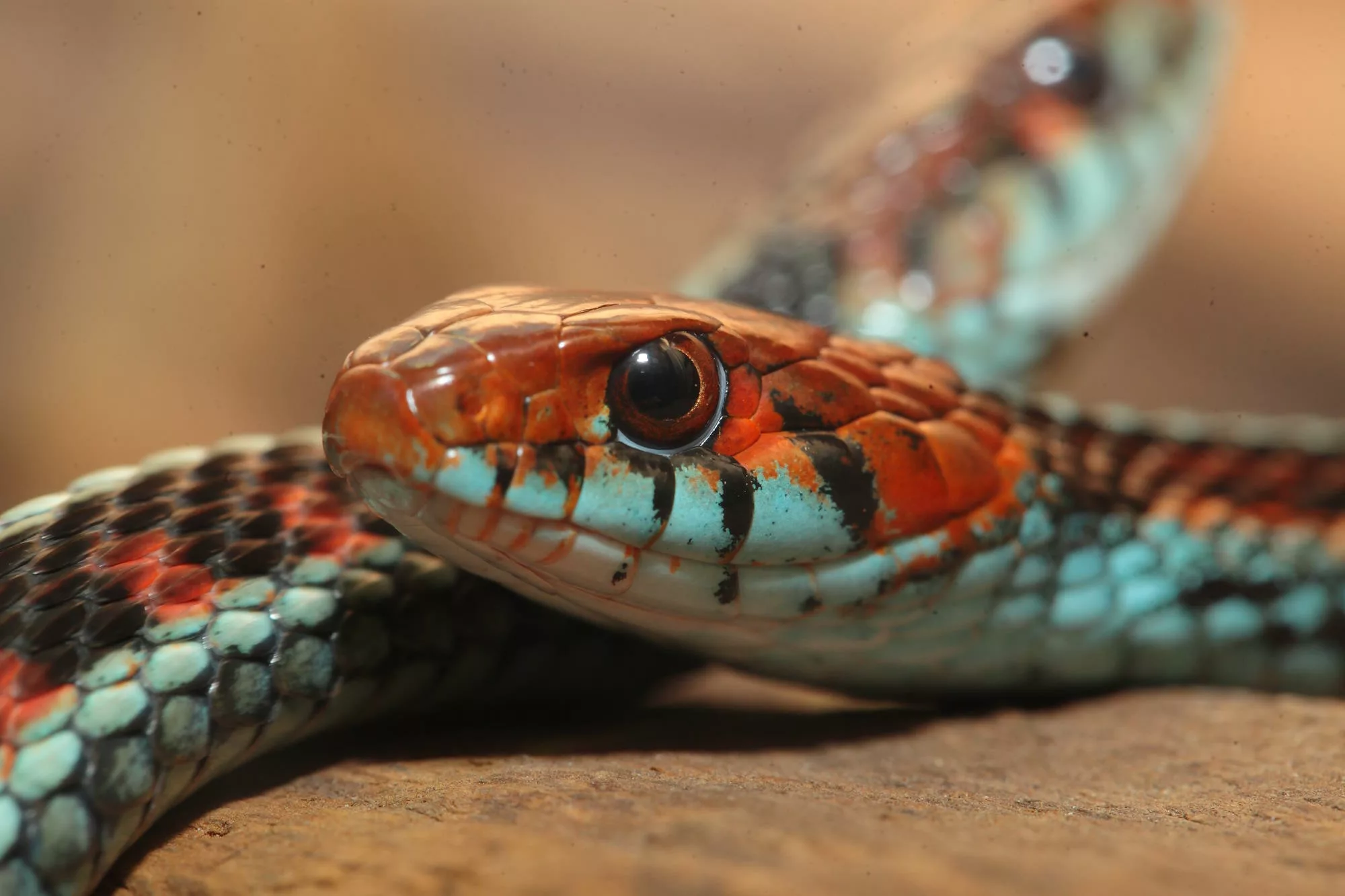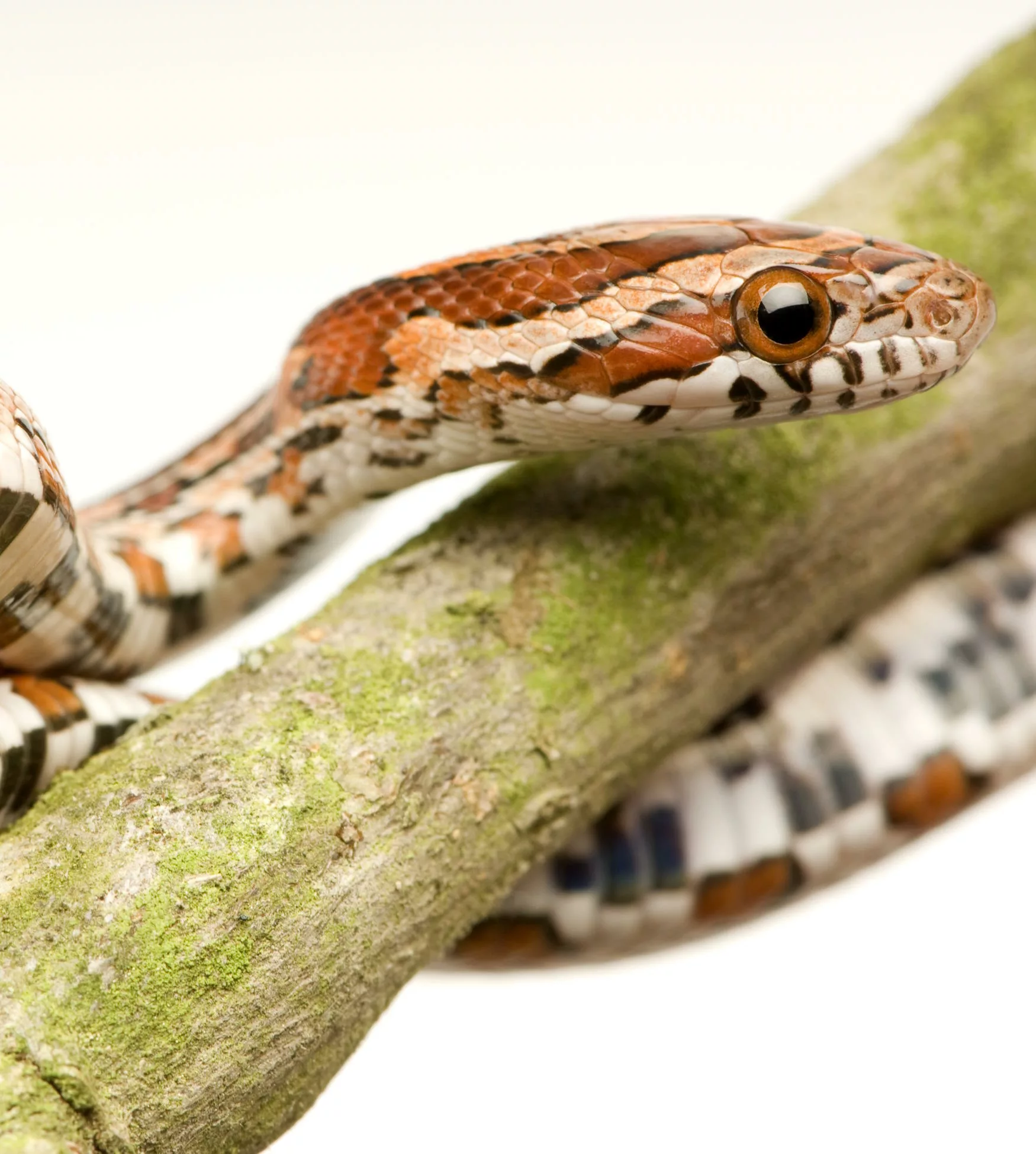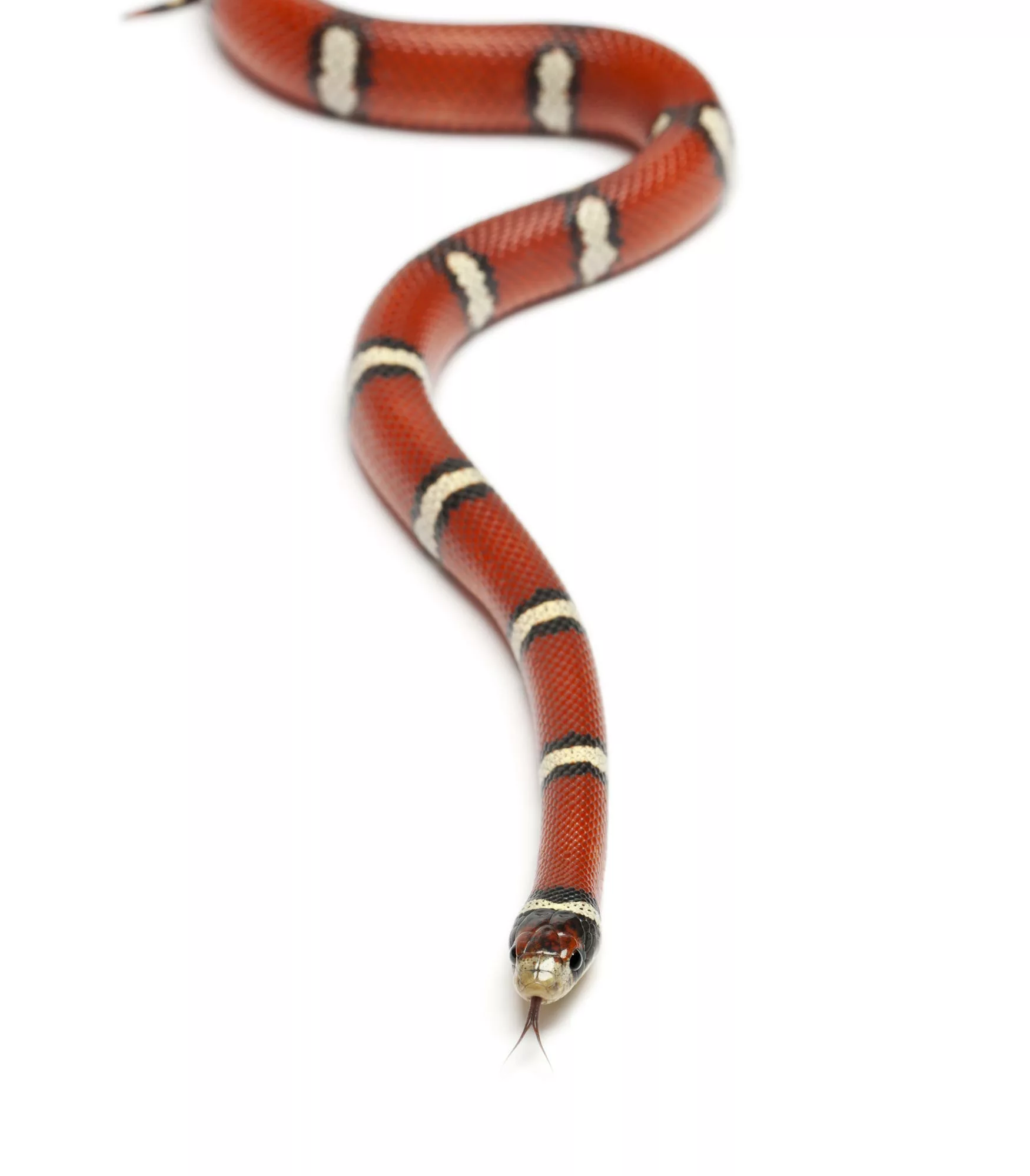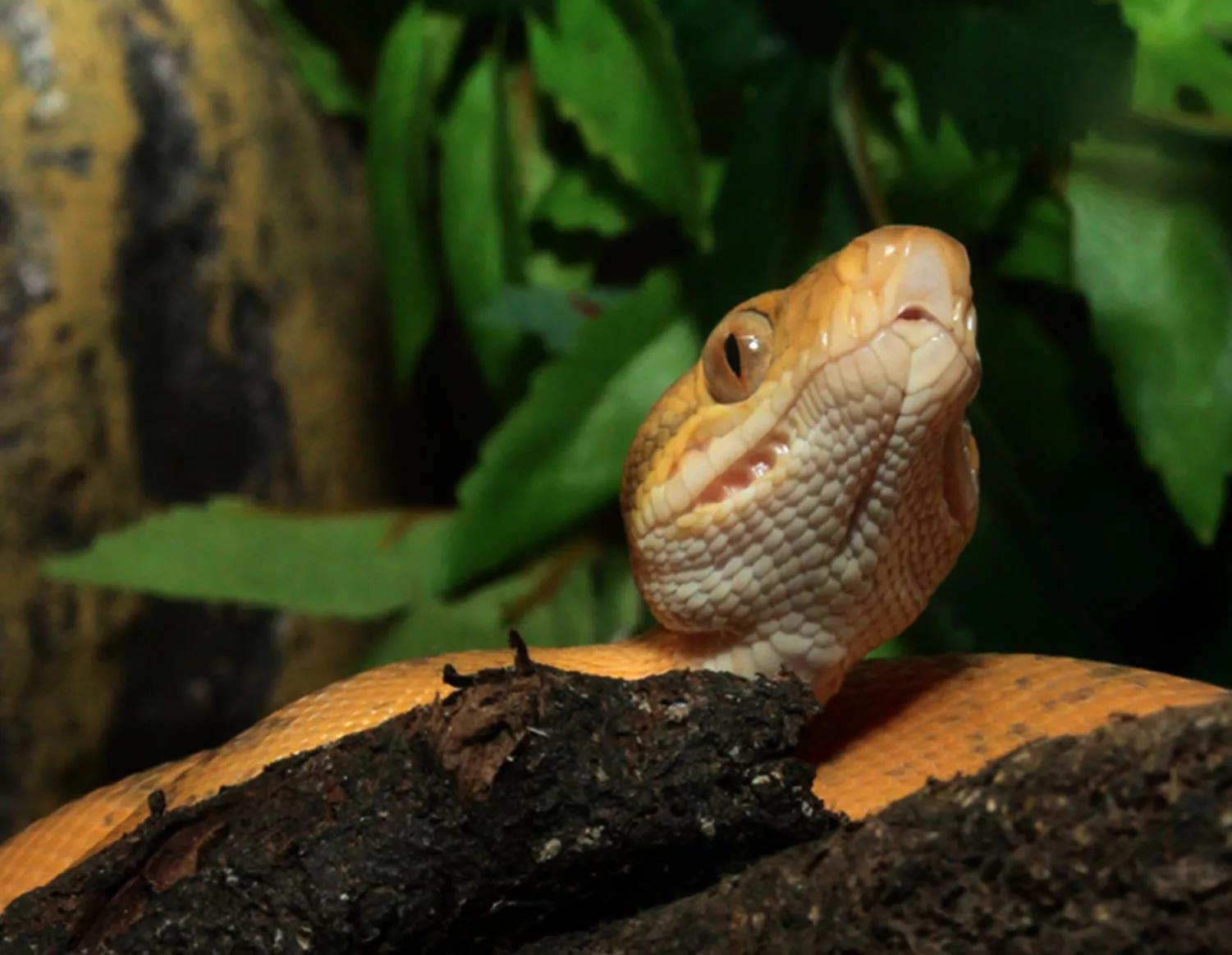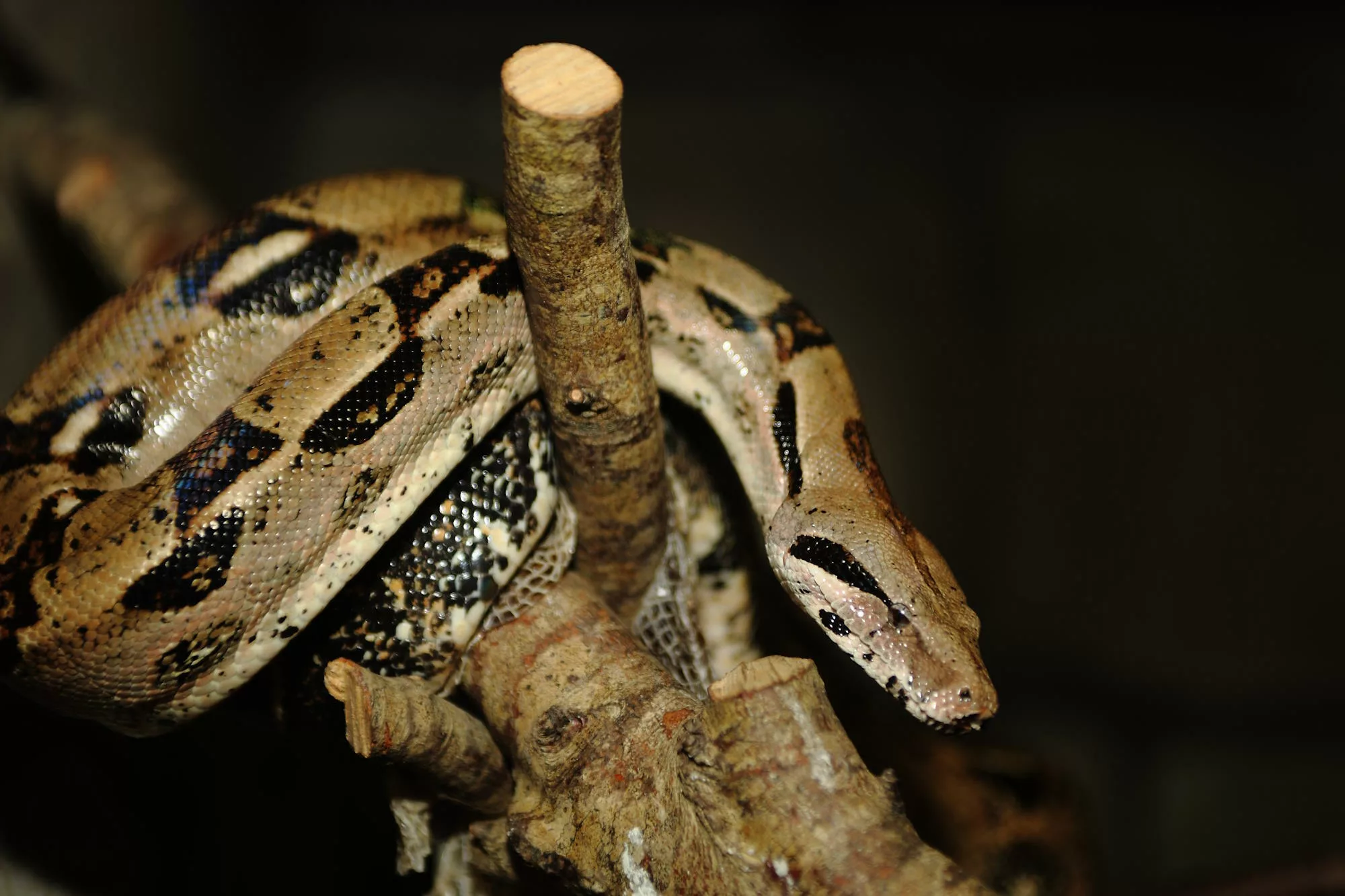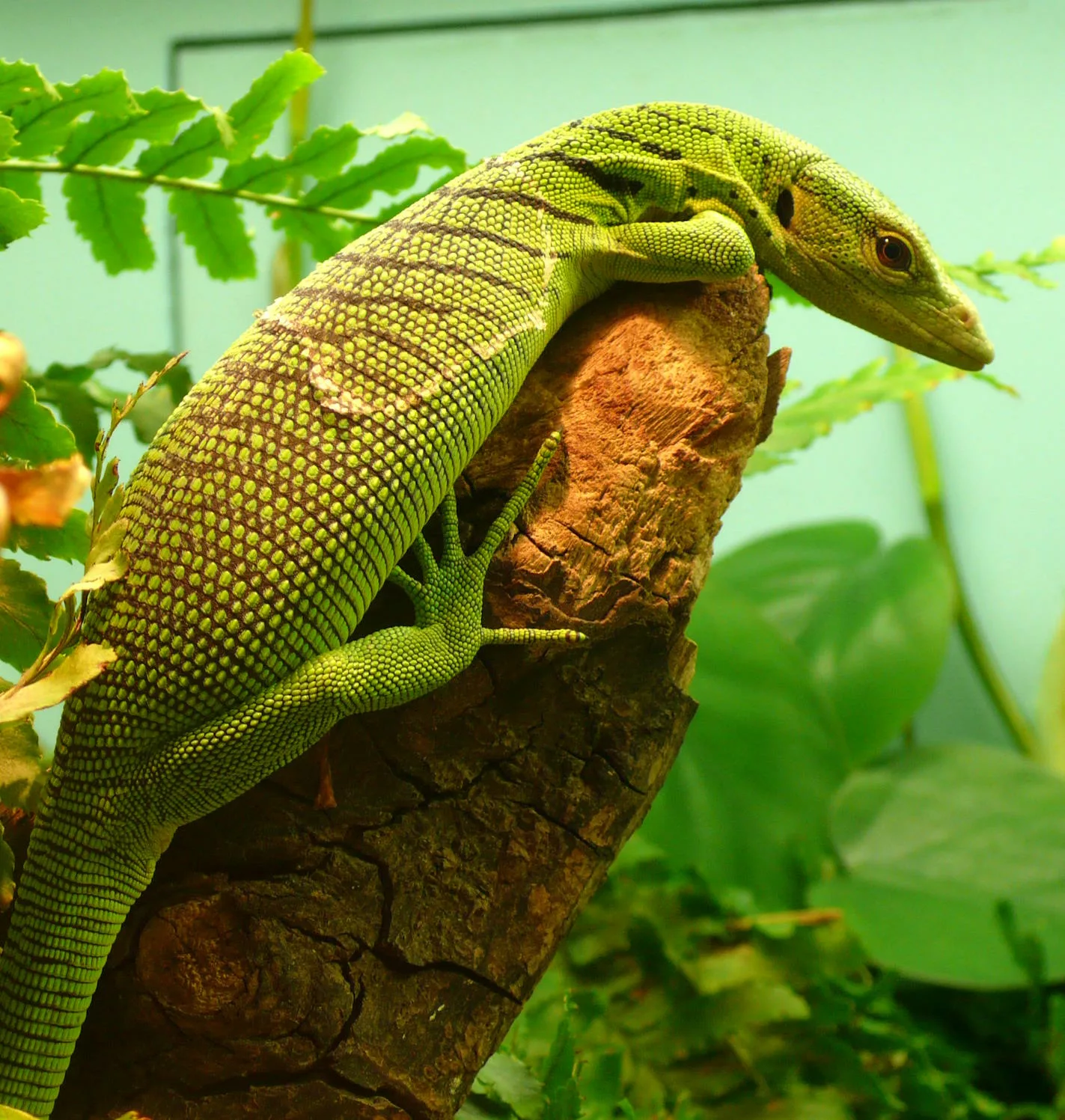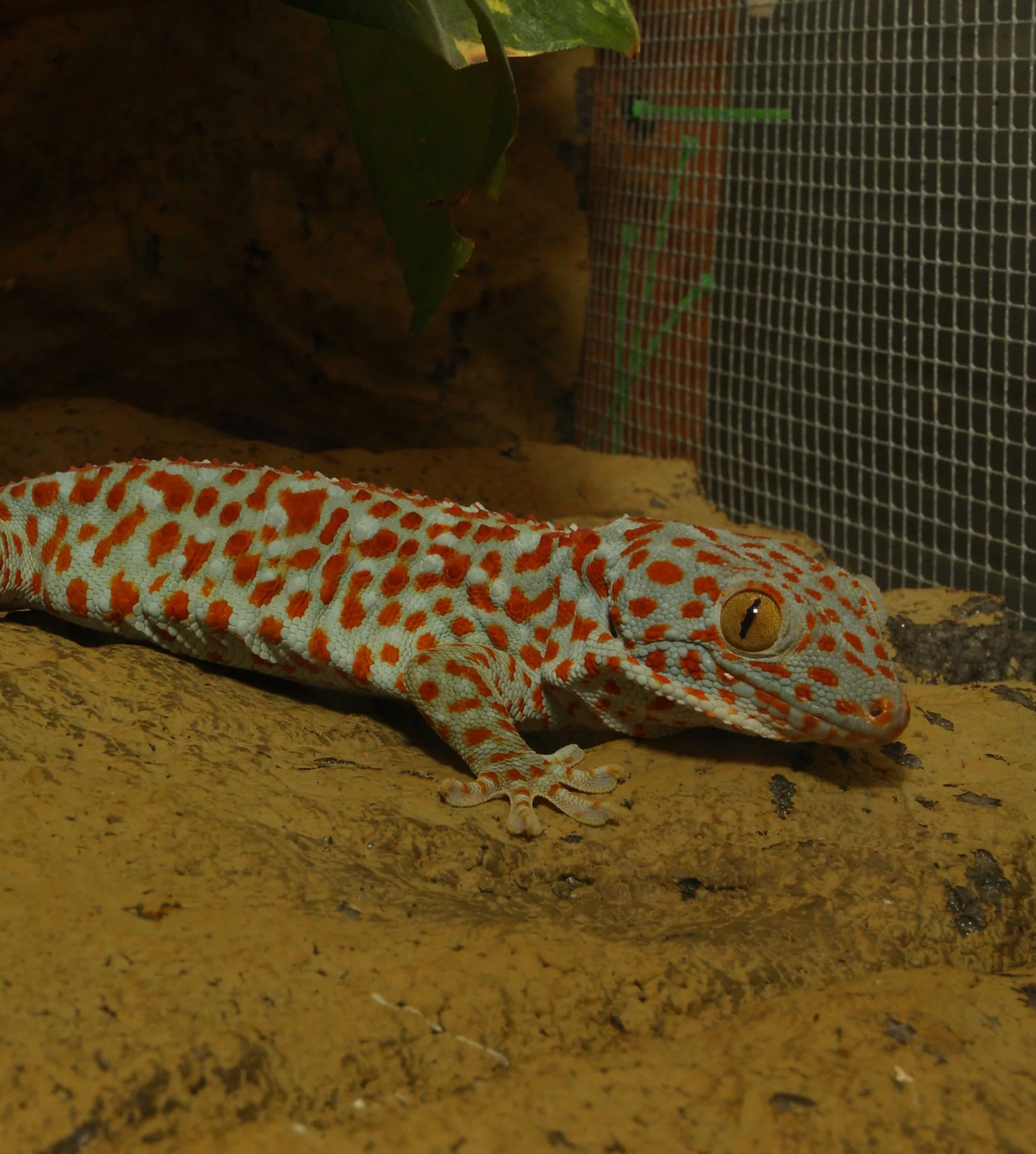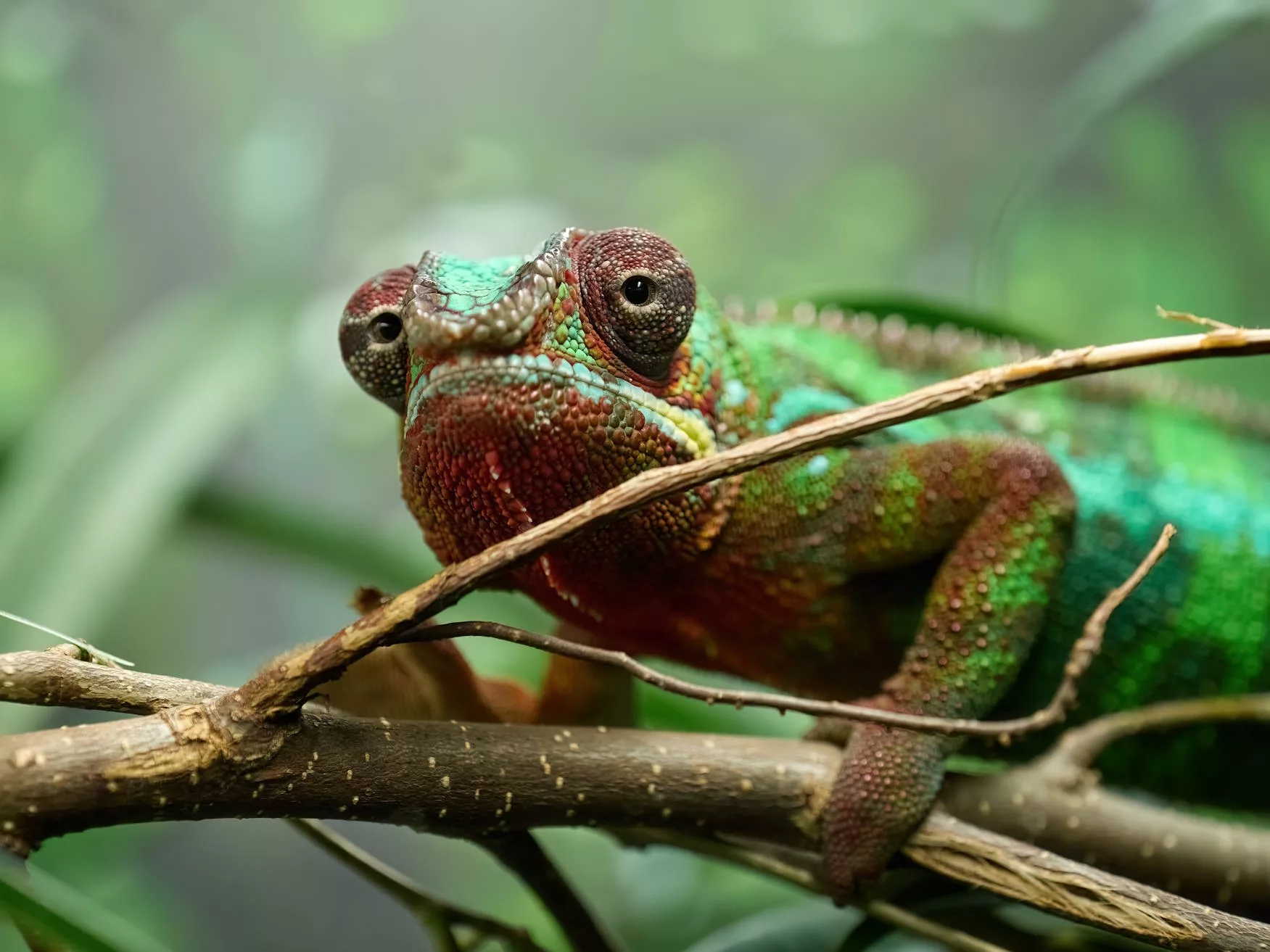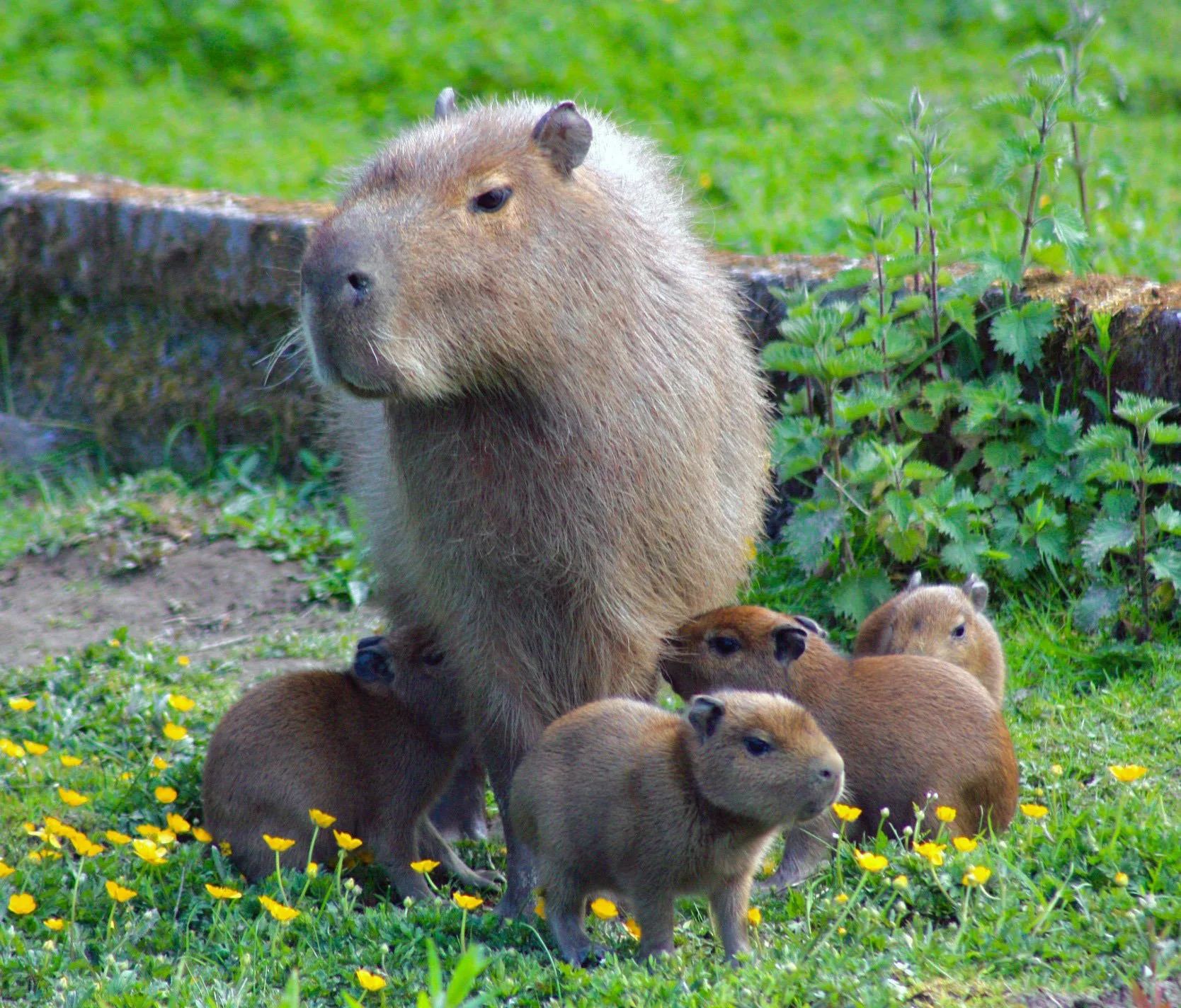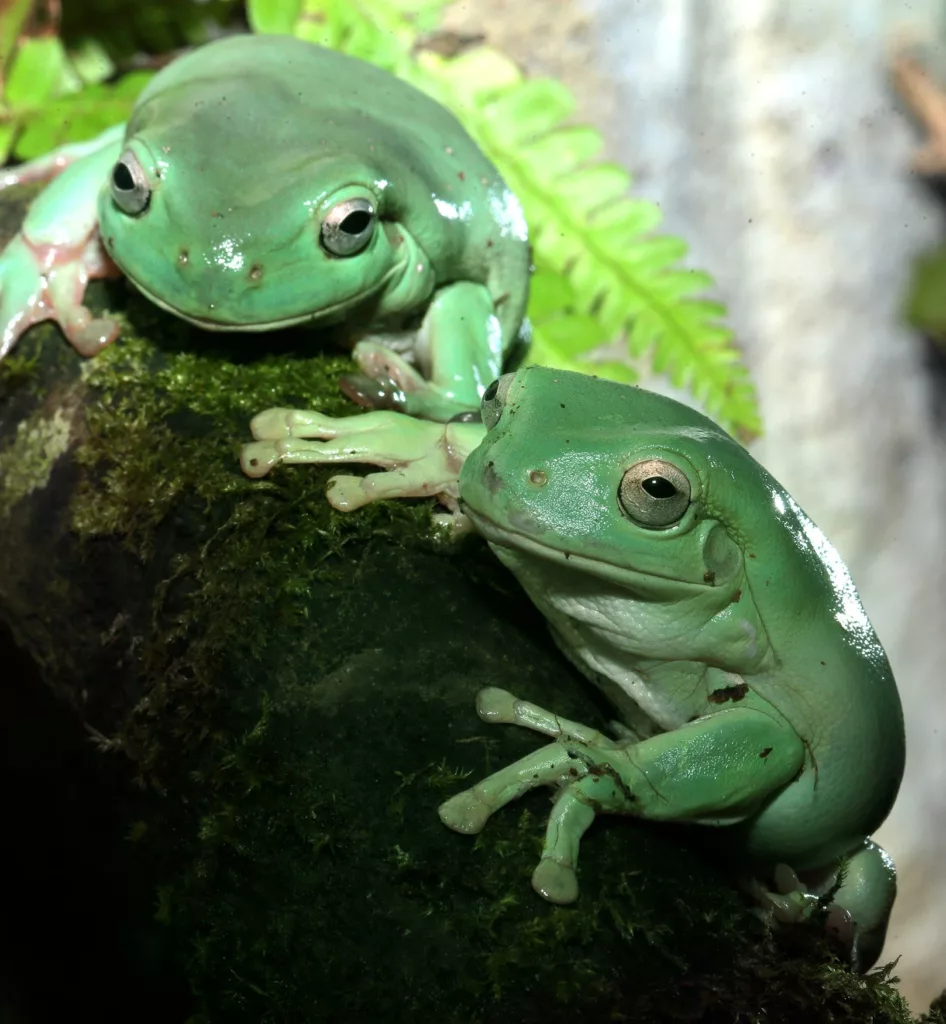
White’s tree frog
Scientific name: Litoria caerulea
IUCN listed as: Least Concern
Learn before you visit!
Here are some facts about the species – Discover what they eat, find out about their natural habitat, see what they like to do, and more… Set the reading style to suit you too, everyday speak or something aimed towards children.
Child-friendly
Everyday
Diet
White’s Tree Frogs are largely insectivorous, feeding on a variety of insects such as moths, cockroaches, and locusts. They also consume spiders, smaller frogs, and occasionally small mammals like bats. In captivity, their diet is supplemented with crickets, mealworms, and other commercially available insects. This varied diet provides them with the necessary nutrients for their growth and health. Their strong, adhesive toe pads help them catch prey efficiently, even on vertical surfaces.
White’s Tree Frogs eat insects like moths and cockroaches. Sometimes they also eat spiders and small frogs. In zoos, they are fed crickets and other bugs to keep them healthy. Their sticky toes help them catch their food.
Breeding
Breeding occurs during the rainy season, typically from November to February. Males establish territories over still water sources, such as ponds or water tanks, and call out to attract females. Females lay clutches of 200-2,000 eggs, which are fertilised externally by the male’s sperm. The eggs hatch within 1-3 days, and tadpoles undergo metamorphosis into froglets in about 6 weeks. This rapid development helps ensure a high survival rate in the wild.
These frogs lay eggs during the rainy season. Males call out to females near water, and females lay lots of eggs. The eggs hatch quickly, and the tadpoles turn into frogs in about 6 weeks. This helps many baby frogs survive.
Habitat
White’s Tree Frogs are native to Australia, Indonesia, and Papua New Guinea, where they inhabit a range of environments including forests, wetlands, and even urban areas. They are highly adaptable, often found near human habitation in places like gardens and water tanks. This species thrives in humid environments and can survive in both wet and dry conditions due to their ability to retain moisture through their skin. Habitat loss and environmental changes are ongoing concerns for their populations.
These frogs live in Australia, Indonesia, and Papua New Guinea. They can be found in forests, wetlands, and even cities. They like humid places and can live in both wet and dry areas. Protecting their homes is important.
At the zoo
In zoos, White’s Tree Frogs are housed in enclosures that mimic their natural environment, including ample vegetation and water sources. Their diet in captivity includes a variety of insects to ensure they receive proper nutrition. Zoos play a crucial role in educating the public about amphibians and their ecological roles. Breeding programs in zoos help maintain healthy populations and support conservation efforts. These initiatives are vital for raising awareness about the threats facing amphibians globally.
In zoos, White’s Tree Frogs live in homes that look like their natural environment with lots of plants and water. They eat insects to stay healthy. Zoos help teach people about these frogs and protect them. Breeding programs in zoos keep frog numbers strong.
Behaviour
White’s Tree Frogs are primarily nocturnal and arboreal, meaning they are active at night and spend most of their time in trees. They are known for their docile nature and lack of fear around humans, making them popular pets. During the day, they seek out cool, moist hiding places to avoid dehydration. Their behaviour includes vocalisations for communication, especially during the breeding season. They also exhibit a unique defence mechanism by secreting a milky substance from their skin that has antibacterial properties.
White’s Tree Frogs are active at night and live in trees. They are friendly and not afraid of humans. During the day, they hide in cool, wet places. They talk to each other with sounds and have special skin that helps keep them healthy.
Fun facts
- Colour Changes: Their colour can change based on temperature and environment.
- Sticky Toes: Their toes help them climb and catch food.
- Protective Skin: They secrete a substance that protects against bacteria.
- Rapid Development: Tadpoles turn into frogs in just six weeks.
- Urban Survivors: They are often found in human environments like gardens and bathrooms.
- Colour Magic: They change colours with temperature and mood.
- Climbing Experts: Sticky toes make them great climbers.
- Healthy Skin: Their skin fights off bacteria.
- Quick Growth: Tadpoles become frogs in about six weeks.
- City Frogs: They can live near people in gardens and bathrooms.
More animals to discover at our zoo
Quick Links
Tickets & Prices
You can buy tickets for Exmoor Zoo securely online, as well as finding out more price options, discover offers, and more…
What’s on…
Exmoor Zoo hosts incredible Events all through the year. You can find out about what we’ve got in store here…
Routes & info
Like any great discovery, Exmoor Zoo can feel a little off the beaten path – but don’t worry – you can plan your journey with our recommended routes and other useful travel info.
